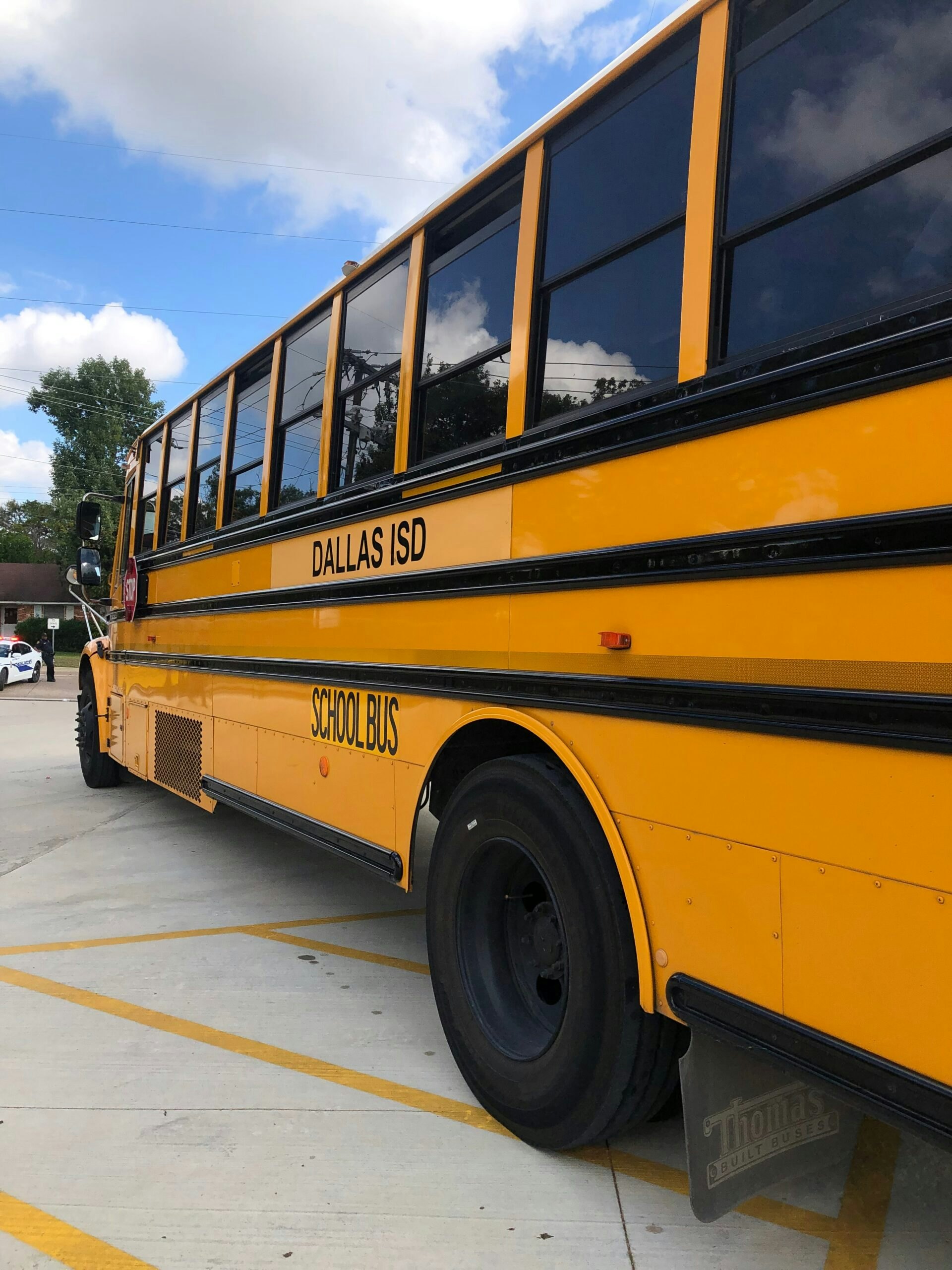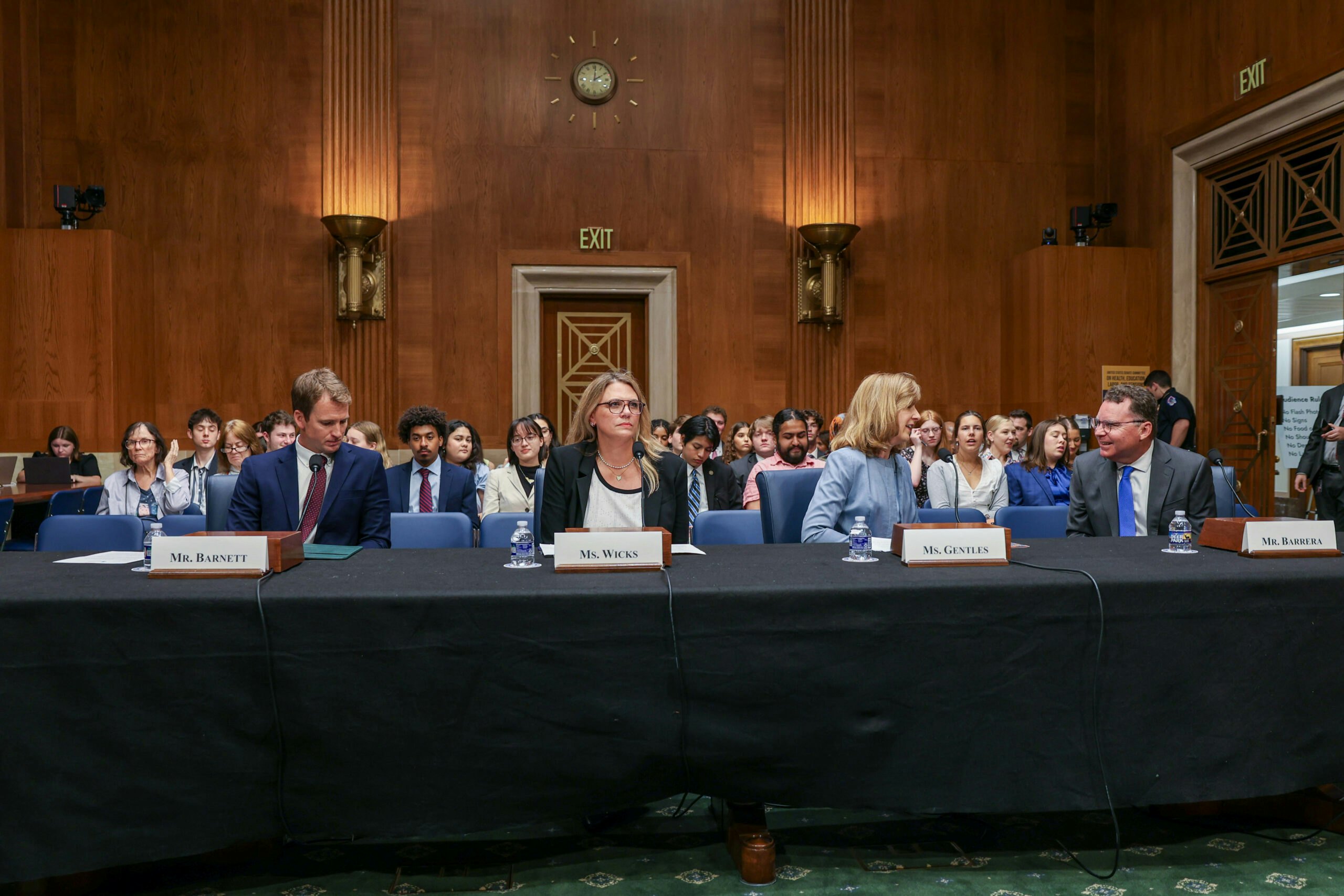Editor’s Note: Below is the second in a series of interviews that Bush Institute education fellow and syndicated columnist Ruben Navarrette...
Editor’s Note: Below is the second in a series of interviews that Bush Institute education fellow and syndicated columnist Ruben Navarrette is doing with Hispanic leaders on education reform issues. The series is part of the Institute’s focus on school accountability, which is aimed at improving student achievement, empowering parents, and helping educators.
San Diego–We are about to say goodbye to perhaps the most important education reform measure in a generation: No Child Left Behind. The pro-accountability law required that all children be tested to determine what they had learned and held schools accountable when the scores were low.
Earlier this summer, the U.S. Senate voted 81-17 in favor of a bipartisan rollback of NCLB called the Every Child Achieves Act. Meanwhile, House Republicans passed their own bill, without a single Democratic vote. The two bills must be reconciled before something can be sent to President Obama.
Some of us might wonder when the concept of leaving no child behind became so controversial. Perhaps, at the state and local level, the question of who gets access to knowledge and learning has always been controversial. And once the federal government gets involved and tries to compel localities to do right by students, and the localities push back aided by teachers unions who resist the idea that teachers and schools should have to take ownership of the products they’re turning out, it isn’t long before we get sucked into a debate over federalism and states’ rights — important concepts that more students might be learning about if the schools were serving students equally.
It boils down to the idea that a quality education is a civil right and that, in some places, it is often Latino and African-American kids who get shortchanged. After all, No Child Left Behind was itself an improvement on an earlier law — the Elementary and Secondary Education Act (ESEA), which was signed by President Lyndon Johnson in 1965. The ESEA came about because of the belief that the federal government had to intervene to ensure that poor and minority students were well-served in the public schools run by states and localities.
This takes us into the wheelhouse of Delia Pompa, senior vice president of programs at the National Council of La Raza. The NCLR is the nation’s largest Latino advocacy organization and certainly one of the most prominent.
Pompa grew up in San Antonio, the daughter of native-born parents and Mexican immigrant grandparents. She attended public schools where most students looked like her and where she had what she describes as a “very good school experience with many excellent teachers.” She did notice, however, that as she continued to excel in her studies and take “honors” courses, fewer and fewer of her classmates were Latino.
Pompa wants to change that for future generations. As someone who keeps a close eye on the education reform debate and has contributed to the shaping of education policy, she has much to say about where we are and where we go from here.
Ms. Pompa, it’s a pleasure to speak with you — especially at such a profound moment for the education reform movement. What’s your sense about what needs to come out of this recent round of legislative tinkering with No Child Left Behind? What does the final product need to look like?
We need a measure of academic progress but not a squishy measure. We need something firm like test scores. That has to be at the heart of it because that’s what tells us what are our kids are learning and how they’re doing in school.
We need outcomes that are academic that allow us to see how our kids are doing in comparison to everyone else. We also need the test scores broken down into sub-groups, so we can see how groups of students are doing and what they’re learning.
The key is transparency, No Child Left Behind took that idea several steps ahead. We have to insist that it be there in the new legislation.
Do you think it will be?
I think the lesson has been learned at the local level and that now that we have seen that information, it’ll be hard for those who don’t want to release it to keep it hidden.
Is there any other ingredient you can think of that has to be part of a new education reform bill?
There has to be a requirement — a federal requirement — that districts and states have to do something in response to those outcomes, and a time certain when it has to happen. The federal government doesn’t have the answers but federal law needs to require there will be consequences. Not all states have the best intentions.
Given that, as you say, not all states have the best intentions, what can be done to keep them honest and make sure students are receiving a quality education — no matter where they live?
We have to have a whole lot of state-level advocacy. We have to get out there and say, “This is what we want for our kids and what we expect for them.”
Parents have to make themselves heard. For parents, until you give them the facts and ask them, “Is this ok for you?” it doesn’t matter what any of us say. Again, it’s all about transparency. We have to make sure that people understand what is happening with their kids and what it means.
We’re a big and diverse country, and every state is different. And different states bring different worries — over equal funding, lingering discrimination, low expectations, unions that strangle reform etc. There’s a lot to worry about.
Yes there is. And so our work continues.




























